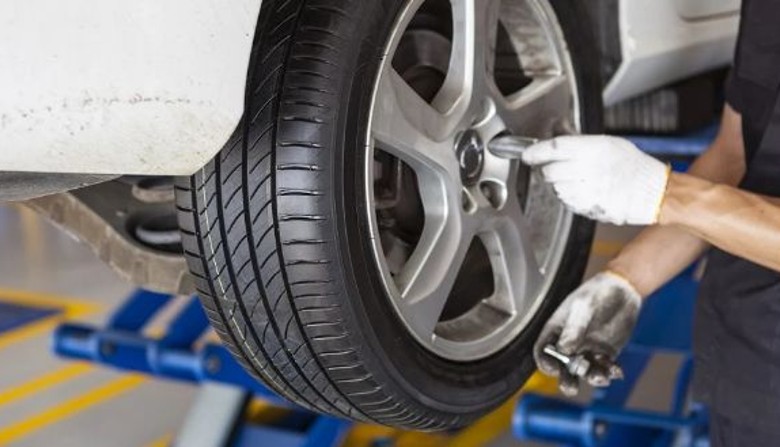A report published by the Argentine portal iProfesional highlights that the crisis in Argentina has led to the price of tires, a mostly imported product, being above what they are worth in Uruguay. In this way it is one of the few goods that is worth less in Uruguay than in Argentina.
The report indicates that “the shortage of tires in the local market and the high price that can be paid even for the second brands, made Argentines start looking for cheaper suppliers, although to do business they have to cross the pond.”
Journalist Guillermina Fossati stressed that it was surprising that many Argentines came to Uruguay to compare tires. «At first it was due to the lack of supply in Argentina, but then the great surprise arose, and that was when it was discovered that the same models and brands come out half placed, with alignment and balancing included. Now, there are hundreds of cars that cross the neighboring country every day to look for businesses that, counting fuel and toll costs, save more than half the money on four tires »she highlights.
To find out the difference in prices, they went to Fray Bentos, 270 kilometers from the City of Buenos Aires. The prices were calculated with the dollar at 200 Argentine pesos, that is, the “real” value since it is the price that can be bought illegally. The values for a tire for a small SUV, rolled 17, average US $ 179, that is, $ 36,000 Argentine, while in Argentina the same brand comes out on average $ 67,500, about 337 dollars. In this way, while changing 4 tires of an SUV can cost 720 dollars in Uruguay, in Argentina they will pay 1,350 dollars.
In the case of a truck tire, rolled 18, the values are an average of US$284, that is, $57,690; while in Argentina for the same model between $150,000 and 180,000 pesos is requested. The prices are similar for a medium SUV, a model rolled 18 or 20, the values range from US $ 263 to US $ 300, that is, between $ 53,000 and $ 60,000, while locally they cost an average of $ 150,000 each. In the case of a pick-up or a medium or large SUV, $230,000 for 4 tires in the neighboring country, in Argentina it will cost 600,000 pesos.
Makes and models
The offer of tires found in Uruguay is varied and there are all kinds of brands, but we will focus on some without reaching Michelin, which is the Premium par excellence.
For a small SUV like the Volkswagen Nivus, equipped with the Pirelli P7 Cinturatto, the value is US$230 ($46,000 Argentineans) in Fray Bentos, while locally they reach $66,000. The Bridgestone Turanza for the same vehicle is cheaper, priced at $179.
For a medium SUV such as Kia Sorento, equipped with Brigestone wheeled 18, the same brand in the European Dueler h/p Sport version costs US$263 in the neighboring country; a European Continental UHP costs US$320 and the Hankook Kinergy GT H103 US$230. This model is not directly available in the country.
“Many wonder if it is business to cross to change tires with the cost of gasoline or diesel oil that this implies. To get an idea, a car spends an average of 10 liters every 100 kilometers. Considering that there are 276 kilometers between the city of Buenos Aires and Fray Bentos, it will take about $6,650 of Super gasoline to go and return, or about 33 dollars. If it is the Premium, it will be about 40 dollars. To this will be added two tolls in Argentina, which add between two dollars round trip, plus one to cross to Uruguay, of 9.5 dollars round trip. In total with gasoline, it is 8,950 pesos, or about 45 dollars.
the chronicler indicates that «compared to the difference in the price of tires in Argentina, it is still a good deal. In addition to prices, the big problem in Argentina is the lack of stock, which means that, with the distorted price-quality formula, the customer decides the purchase based on what is found at the points of sale.
Another issue of concern is that the price gap between national and imported products is shrinking more and more. Historically, the price gap between tires according to brand and origin was as follows: those of national origin cost between 30 and 35% less than the imported first-brand ones, while those from China and South Korea – the more accessible – were positioned between 40 and up to 50 percent less.







